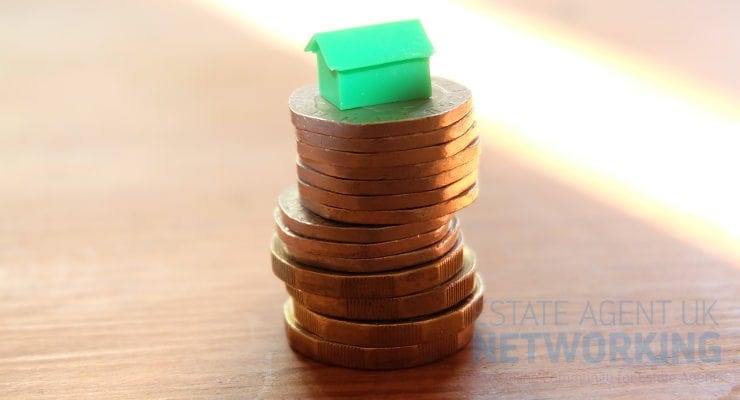5 Questions to ask about managing a septic tank or cesspit in your home
Are you thinking of moving into a property that has a septic tank or a cesspit? The concept of not being connected to the public waste water system may be a new one to you. After all, it’s not something we normally need to think about – you flush and it disappears, no?
However, in remote or rural parts of the country, septic tanks and cesspits are routinely used to collect waste water from a property. This includes water from showers and sinks, waste water from dishwashers and washing machines and, of course, sewage from the toilet.
Rather than automatically disappearing into the public sewer, the contents from a septic tank or cesspit emptying process needed to be done periodically – doing nothing is not an option. There’s no reason to be worried or scared about this kind of system, but it is a good idea to get familiar with how it all works as you move into your new home.
- How does a septic tank work?
Typically a large rectangular box made from brick, concrete or stone – or it could be a bottle shaped plastic tank – buried underground not far from the building, the waste water is sent from the tank’s outlet pipe to a soakaway, drainage field or stream.
It’s a network of perforated pipes that allow the waste water to percolate safely into the ground without any polluting the environment. The septic tank itself doesn’t actually treat the waste, it merely separates it into three layers: sludge (bottom layer), scum (top layer) and waste water. The waste water is piped into the soakaway, leaving the more solid contents in the tank.
- What’s the difference between a septic tank and a cesspit?
A cesspit is a simple sealed tank that has a manhole cover to (you can buy manhole covers at EasyMerchant) give access for waste collection. While the purpose of both types of underground container is to collect waste water and sewage from your house, there is no processing or any kind of treatment involved with cesspits.
Whichever type of tank you have on your land, it’s important to keep the system as ‘clean’ as possible. Flushing things such as sanitary items, baby wipes, food waste, fat, grease, coffee grounds etc away can easily cause blockages – with potentially very unpleasant consequences.
In addition, it is recommended that you use environmentally friendly household products rather than biological cleaners and bleach in an effort to help the biological decomposition process in the tank. See this blog post for a comparison between a septic tank and cesspit.
- What happens if the tank doesn’t get emptied?
The contents of your septic tank or cesspit will accumulate over time and need emptying by a professional waste company on a regular basis. There are several symptoms to indicate that emptying is overdue, including
- Toilets taking longer to flush
- Gurgling sounds in your plumbing
- Waste backing up
- (for septic tanks) Solid waste escaping into the soakaway, causing bad odour and pollution
Obviously, you want to avoid this at all cost.
- How often should you have your septic tank or cesspit emptied?
As a rule of thumb, once a year is a good frequency to start with. Once you have settled into your home, you may find quarterly that the frequency for emptying may need to be adjusted – realistically speaking, it could be anything from monthly to or annually.
The tank will need emptying before it is full, but when that is depends on how quickly it fills up. This, in turn, depends on the on the size of your property, the number of occupants that use the facilities, and with which frequency.
It also depends on the actual size of the septic tank or cesspit. It is possible that, say, if a home has been extended, the tank may not have been upgraded to accommodate the extra waste. It doesn’t take a brain surgeon to work out that a larger tank that is underused will need emptying less frequently than a tank that’s too small and overused!
- How do you empty a cesspit or septic tank?
The good news is that emptying your sewage and waste water not a DIY job – you won’t have to do it! Contact a local waste management company who will send out one of their tankers with a long flexible hose. The tanker operator will insert the hose into the tank and drain out the contents, take it away and dispose of it safely.
Make sure that the company emptying the tank is on the Environment Agency’s Register of Waste Carriers, Brokers and Dealers and has the correct waste disposal licence.







